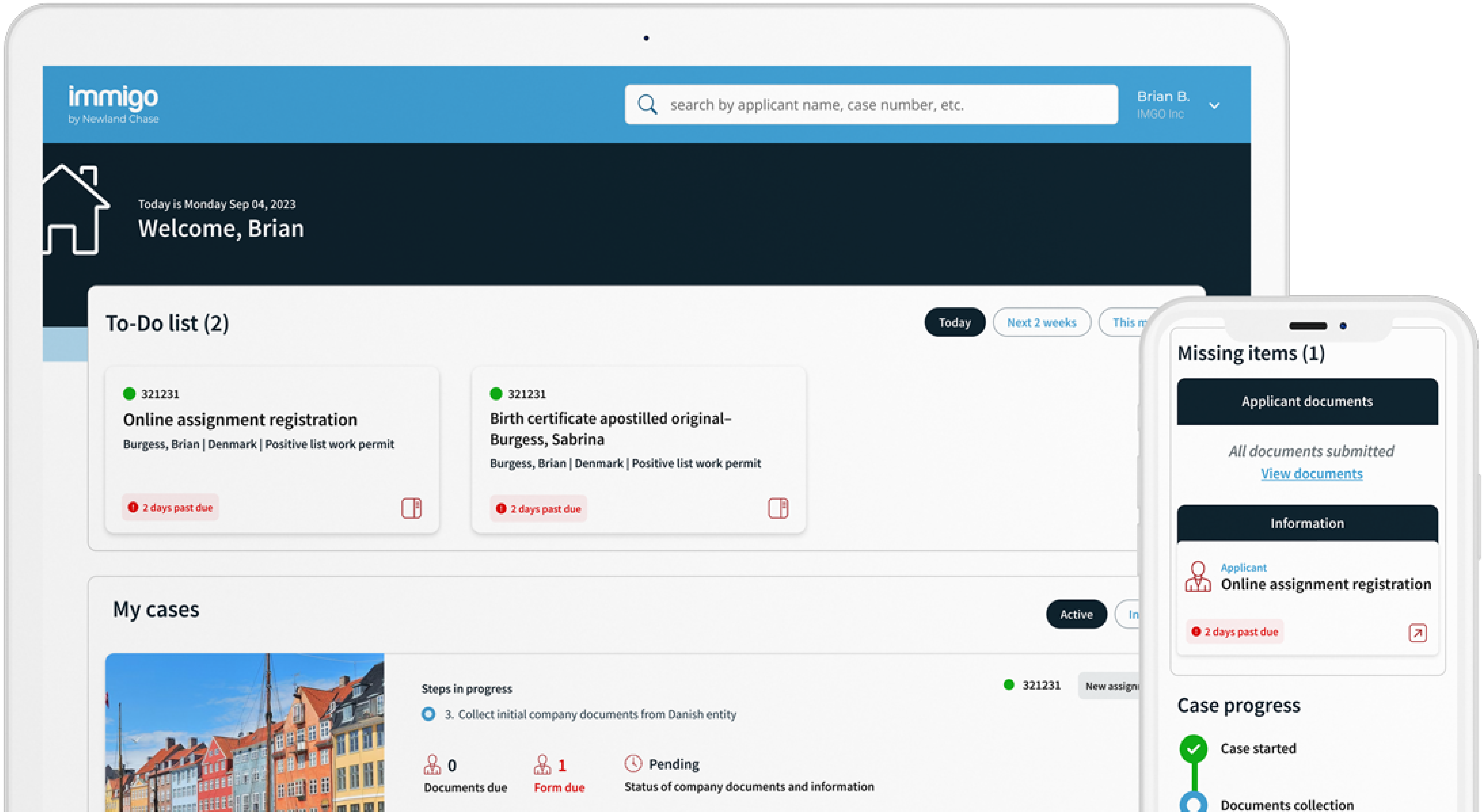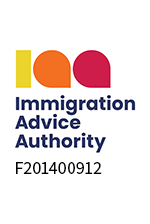Get The Visibility Your Company Needs
Reduce compliance risks and mobility costs while managing individual and project-related travel with ImmiSMART: the solution that unifies your travel and mobility programs.
UNITED STATES: Two New Interim Final Rules Restrict H-1B Work Visas [UPDATED 3 December 2020]
December 3, 2020
The government has issued both the DOL wage rule and the DHS H-1B regulation as interim final rules, citing the COVID-19 public health emergency as rationale. This means they avoid the normal public comment and rulemaking process but are arguably more vulnerable to court challenges.
[UPDATE]
A federal judge in California has set aside these interim final rules. The court, in its analysis, found that neither the DHS nor DOL has shown good cause to excuse notice and comment.
USCIS and DOL have yet to issue guidance on the following two questions:
- When the wages will revert to normal;
- For those prevailing wage determinations issued with the higher wage, whether they will be reissued.
Department of Homeland Security Issues Interim Final Rule to Strengthen the H-1B Program
On 8 October 2020, a Department of Homeland Security (DHS) Interim Final Rule (IFR) “Strengthening the H-1B Nonimmigrant Visa Classification Program” was published in the Federal Register. This rule will be effective from 7 December 2020 (60 days after publication) with stakeholders given a 60-day comment period on the substance, then another 30-day comment period on new information collections proposed in the rule.
The rule largely focuses on “revamping” two large components of the H-1B program: the definition of specialty occupation; and third-party placements.
In the IFR, DHS is dropping the words “usually” or “normally required” or “common to the industry” from the definition of “specialty occupation” and will require the petitioner to establish that a bachelor’s degree in a specific specialty or its equivalent is a minimum requirement for entry into the occupation by showing that this is ALWAYS the requirement for the occupation as a whole.
Another large area of proposed change is with third-party placements. There will be a new employer-employee relationship definition, as described below. In addition, if the H-1B beneficiary’s worksite is a third-party site, that will be a factor in determining whether an employer relationship with that beneficiary exists. Employers will also need to review carefully whether there is a co-employment issue with the third-party placement firm. Third-party sites will now be subject to site inspections.
Below is a summary of the changes, by topic:
1. Site visits: USCIS may conduct on-site inspections and other compliance reviews any time after the filing of an H-1B petition. USCIS can also conduct a pre-approval inspection for an H-1B petition. The site inspection could be at the petitioner or the third-party worksite. Non-cooperation may result in the denial or revocation of the H-1B petition.
2. Employer-employee relationship: The petitioner must establish that the offer of employment is based on a valid employer-employee relationship. The following are all the factors USCIS will weigh:
I. Where the H-1B beneficiary does not have an ownership interest:
i. Whether the petitioner supervises the beneficiary, and where the supervision takes place;
ii. If the supervision is not at the petitioner’s worksite, how the petitioner is able to maintain the supervision;
iii. Whether the petitioner has the right to control the work of the beneficiary on a day-to-day basis and assign projects;
iv. Petitioner provides the tools for the beneficiary to perform the duties;
v. The petitioner hires, pays, and can fire the beneficiary;
vi. The petitioner evaluates the work product of the beneficiary;
vii. The petitioner claims the beneficiary as an employee for tax purposes;
viii. The petitioner provides employee benefits;
ix. Beneficiary uses proprietary information of the petitioner to perform work;
x. Beneficiary produces an end product that is directly linked to the petitioner’s line of business;
xi. The petitioner has the ability to control the manner and means the work is performed.
II. Where the H-1B beneficiary does have an ownership interest, there will be additional factors, including:
i. Hiring, firing, and rule setting for the beneficiary and its work;
ii. Beneficiary reports to someone higher in the entity;
iii. If the beneficiary is able to influence the entity;
iv. Whether the contracts or agreements make it clear the beneficiary is an employee;
v. Whether the beneficiary shares in the profits, losses, and liabilities of the entity.
3. Specialty Occupation defined:
I. Theoretical and practical application of highly specialized knowledge in fields of human endeavor, and
II. The position requires a U.S. bachelor’s degree or higher in a directly related specific specialty. The studies must be directly related to the position, and the position is not considered specialty occupation if attainment of a general degree, such as business administration without a specialization, is sufficient. A position may allow a range of degrees, but each qualifying degree field must be directly related.
4. Criteria for specialty occupation- must satisfy at least one of the following:
I. U.S. bachelor’s degree or higher in a specific field is the minimum requirement for the position;
II. U.S. bachelor’s degree or higher in a specific field is the minimum requirement for entry into parallel positions at similar organizations in the industry;
III. Employer has a practice of requiring a U.S. bachelor’s degree or higher in a specific field for the petitioner. There must be proof that the job duties require such a degree;
IV. Specific duties are so specialized, complex, or unique that they can only be performed by one with a U.S. bachelor’s degree or higher in the specific field.
5. Demonstrating sufficient work
I. Petitioner must demonstrate there is sufficient work for the H-1B duration requested;
II. If a third-party worksite, the petitioner must submit contracts, work orders, or other evidence that there is 1) sufficient specialty occupation work, and 2) a valid employer/employee relationship.
6. Maximum validity period requested on an H-1B petition: three years for H-1B; one year for third-party worksite.
Redefined terms:
- Third-party worksite: A worksite that is not the beneficiary’s residence in the U.S. that is not owned or leased, and not operated by the petitioner.
- U.S. Employer: Engages the beneficiary to work; has an employer-employee relationship; has an IRS FEIN.
- Worksite: Physical location where the work is actually performed. Each location must be on the LCA.
Department of Labour Issues Interim Final Rule Increasing Required Wage Levels
The US Department of Labor (DOL) has published an Interim Final Rule (IFR) that is effective immediately (8 October 2020). The new rule applies to Permanent Employment Certification, H-1B, H-1B1 and E-3 Visa programs.
DOL has amended the existing wage methodology and has increased the required wage levels for beneficiaries at all Occupational Employment Statistics (OES) levels – Levels 1 through 4. This may have a dramatic impact on wage determinations, making it much more expensive to employ highly-skilled foreign nationals.
The previous wage percentiles were set as follows:
- OES Wage Level 1 – 17th Percentile
- OES Wage Level 2 – 34th Percentile
- OES Wage Level 3 – 50th Percentile
- OES Wage Level 4 – 67th Percentile
The new percentiles are as follows:
- OES Wage Level 1 – 45th Percentile
- OES Wage Level 2 – 62nd Percentile
- OES Wage Level 3 – 78th Percentile
- OES Wage Level 4 – 95th Percentile
This information was prepared by Greenberg Traurig and published with their permission. The blog was originally published here




